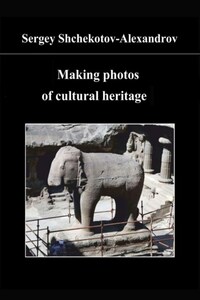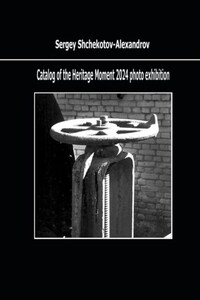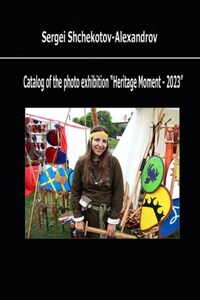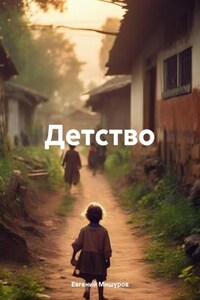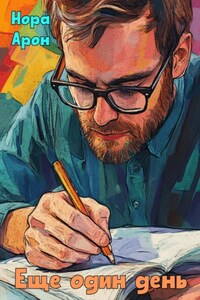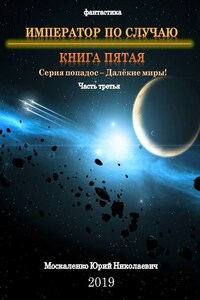Sergey Shchekotov-Alexandrov
MAKING PHOTOS OF CULTURAL HERITAGE
Sergey Shchekotov-Alexandrov Making Photos of Cultural Heritage
In the book Making Photos of Cultural Heritage, a documentary photographer from St.Petersburg, Sergei Shchekotov-Aleksandrov, tells us about some of his trips during which he took photos of objects of cultural heritage.
There is information about 16 monuments of material and non-material culture from seven countries in the book.
The photographer collaborates with the St. Petersburg International Cultural Forum
He is a member of several creative unions.
One of them is the WORLDPRESSPHOTO Society in Holland.
© S. Shchekotov-Alexandrov
The idea of this book came to my mind when I decided to publish some of my books in 2020.
I have many photos associated with various cultural monuments in my photo library.
Before moving to St. Petersburg, I photographed cultural monuments, but not much. Since 2014, I have started to take photos of cultural objects more often. I began to participate in the traditional St. Petersburg international cultural forums in 2015. And since 2016, within the framework of these events, I have begun to organize my photo events of the “Instances of Heritage” cycle.
The book includes information about four such photo events that were conducted in 2016, 2017, 2018, and 2019.
Each chapter is devoted to one photo event. The book shows and comments on some of the photos, gives information about the concept of events and how they were held.
ABOUT THE CLASSIFICATION OF CULTURAL MONUMENTS
I classify cultural monuments based on the approach proposed by cultural heritage specialists working under the guidance of UNESCO.
It is known that UNESCO is an international organization that deals with a variety of issues of science, culture, and education. In particular, it deals with the issues of preserving cultural heritage. The organization was created after World War II. Today it includes more than 195 countries.
So, according to the definition of UNESCO, cultural heritage is classified on three distinctive platforms.
The first platform is material heritage. The second is non-material heritage. The third is underwater heritage. The first platform is divided into two groups: World Heritage (that is, those monuments that are artefactitious, as they say) and natural heritage (made without human interference).
We will focus mainly on material cultural monuments in my photo events (and in the book).
HOW THE ST. PETERSBURG INTERNATIONAL CULTURAL FORUM WORKS
St. Petersburg International Cultural Forum is a relatively young public event. It has been held since 2012. Also, there are similar cultural forums in other regions of Russia. They include, for example, the Moscow Cultural Forum, the Ural Cultural Forum, etc.
A variety of Russian and foreign cultural figures meet and communicate at such events.
The St. Petersburg International Cultural Forum is the largest cultural event in Russia. It is visited annually by about 30,000 registered participants. About 100 countries send their representatives to the forum. There are a lot of regional delegations.
The forum has an internal structure: 14 sections, 3 tracks, a business site, Lecture Hall 2.0, a site for guest countries, a festival site, contests for art patrons and cultural workers. And many other programs.
I hold my photo events of the cycle “Instances of Heritage” as a part of one of the sections named the “Preservation of Cultural Heritage”.
Photos depicting the objects of cultural heritage are separated from other types of photography. For example, from portrait photos, or the photos of sports, or still lifes, nature, etc., because the cultural heritage has, figuratively speaking, authorization.
Or, to put it simply, the objects of cultural heritage are under the supervision of state organizations, under their tutelage.
What does it mean? Usually, these objects are museums. The state pays for their maintenance and restores them. It is forbidden to make photos of them in order to have some commercial profit. And in some museums, if you want to take a photo, you have to pay. Or sometimes they prohibit making videos or taking photos with a flash on.
Sometimes you need to get special permission to take photos. In other words, it is difficult to make photos.
This is how I explain why cultural heritage events in specialized photo sites (such as photo galleries, photo festivals or photo museums) are extremely rare.
Today it is popular to hold special photo contests, for which the photographs of the objects of cultural heritage collected from professional photographers and hobby photographers. I will talk about this a little in the fourth chapter of the book.
